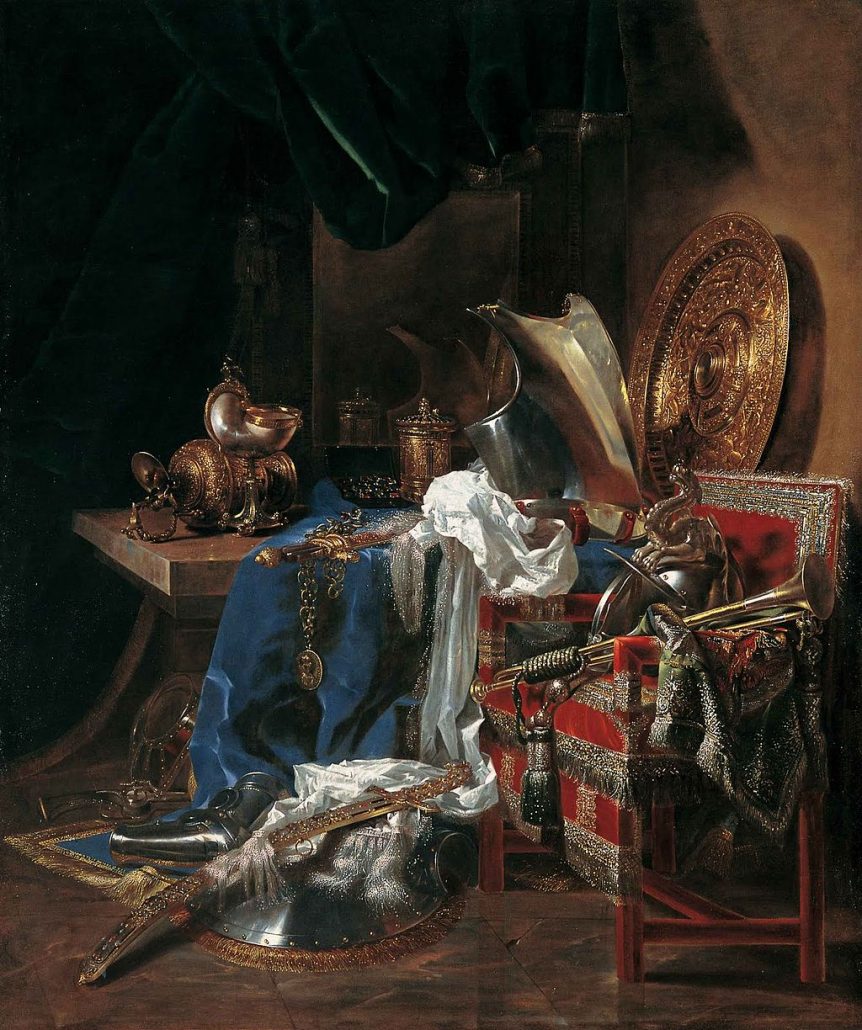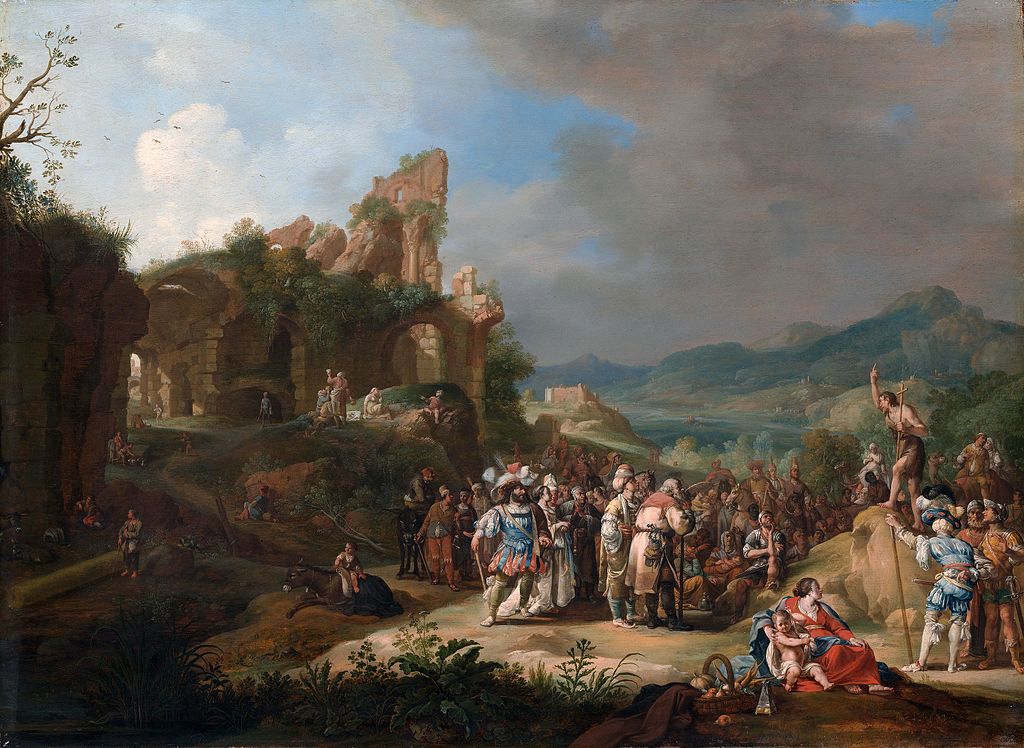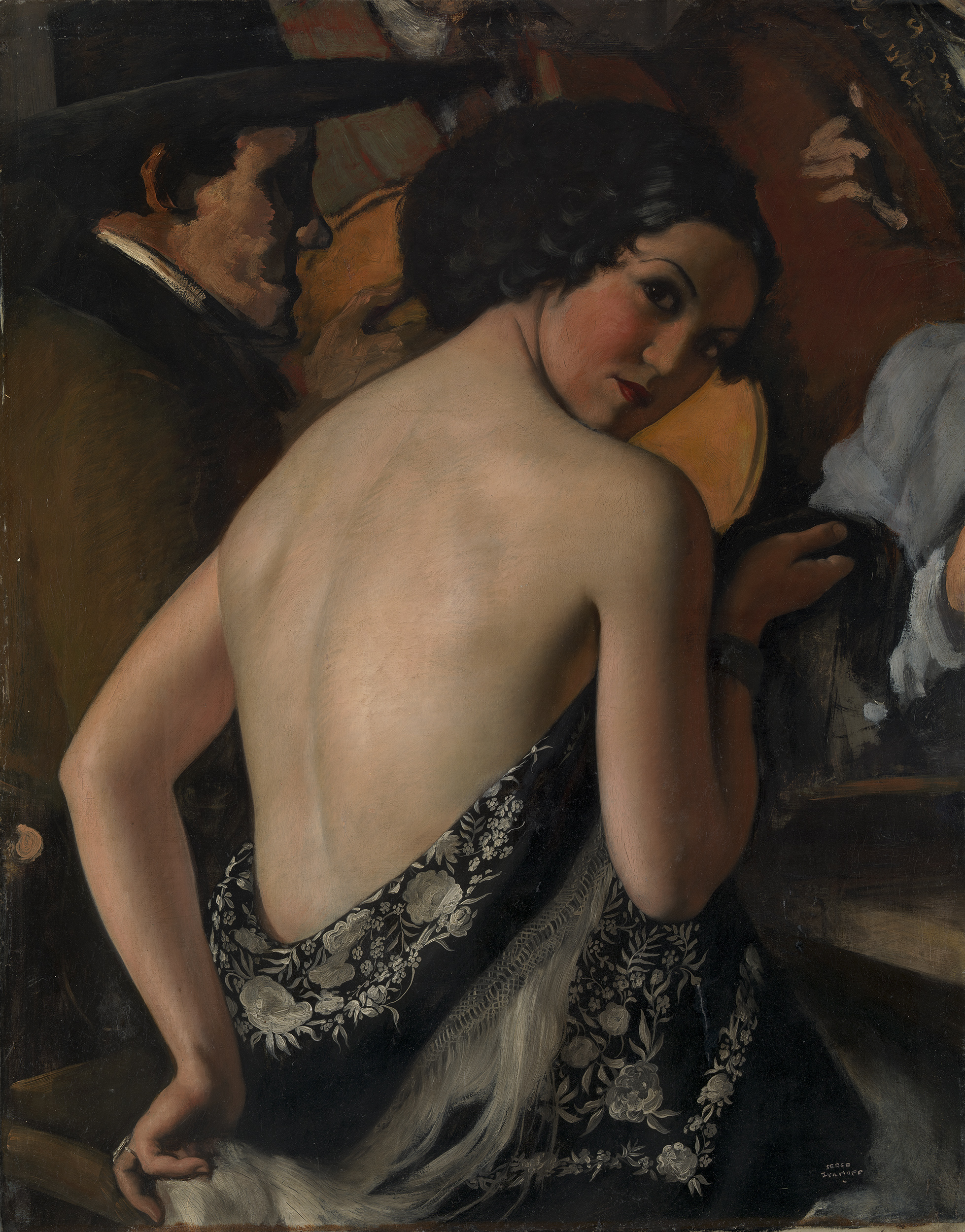Expertise of painting: how it was in the 17th century
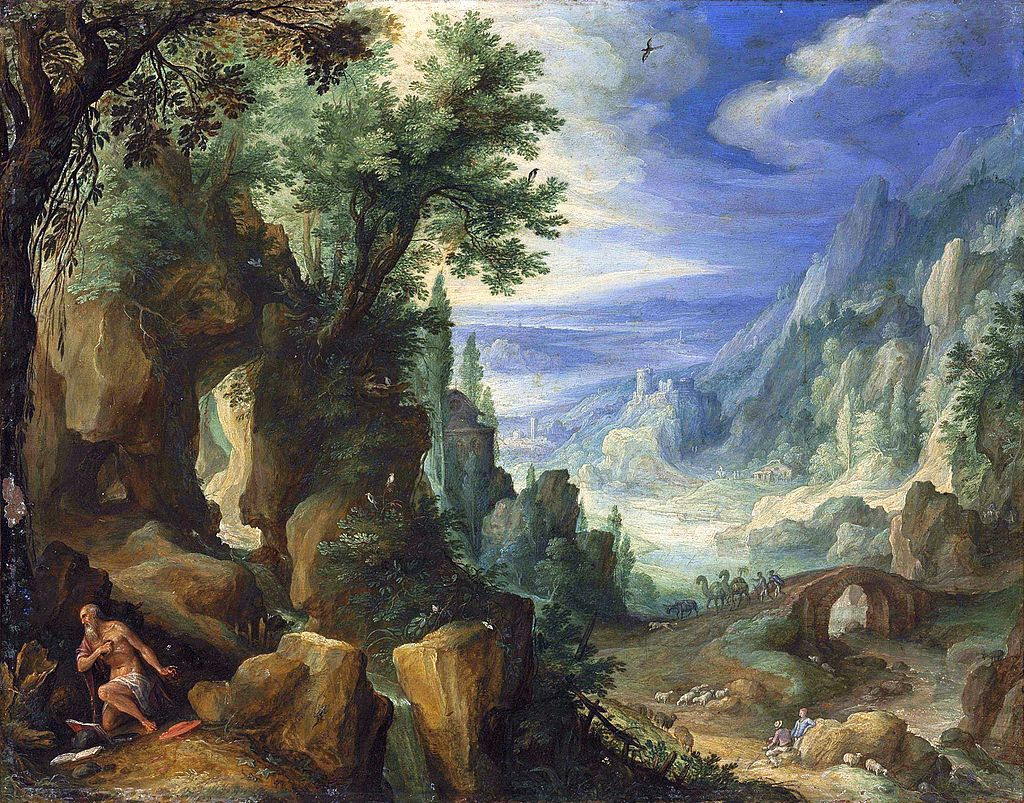
At all times, art has attracted those in power, given them symbolic support, and has been synonymous with influence and money. With the advent of “expensive” art, fakes of paintings by great artists arise. Today, a painting by a famous master is unthinkable without papers confirming this fact. There are the Chagall Committee, the Rembrandt Research project, experts recognized by the market and the scientific community publish authoritative catalogs-raisonnés on the heritage of the great masters... However, the art market has not yet been cleared of fakes. How did painting expertise come about? How can you distinguish a fake from the original? Using experience and history, we will tell you about the examination of art.
How was examination carried out in the 17th century?
The first statements about art appeared simultaneously with its emergence and would now be called criticism of art. The attitude towards art as a value that has a financial dimension, a symbol of prestige, formed the first galaxy of “art critics”. The so-called “experts” (art dealers, the artists themselves, curators of royal collections) were engaged in the examination of paintings. Most often, the question of attribution (authorship of a painting) arose in connection with its sale. So in 1556th century Holland, to establish the truth, a commission of antiquarians and artists gathered, which issued a written certificate of its authorship. The documents of the commission, in which Rembrandt, Willem Kalf, Bartholomeus van der Helst and other eminent painters took part in the painting by Paul Bril (1626-16), have been preserved. On September 1653, XNUMX, the Amsterdam notary I. van der Hoeven certified a written examination of a commission of artists on one of the paintings:
“Today, September 16, 1653, I received... the respected Hendrik van Uylenburch, art dealer, 66 years old, Martin Kretzer, 56 years old, and Loedwijk van Ludik, 46 years old, both amateurs and experienced connoisseurs of painting, as well as Bartholomeus Brenberg, 55 years old, Bartholomeus van der Helst, 39 years old, Simon Luttihuis, 45 years old, Pauwels Hennekin, 39 years old, Philips Koninck, 33 years old, and Willem Kalf, 30 years old, all famous artists living in this city and me, a notary, well acquainted, and at the request of Abraham de Kooge, an art dealer living in Delft, unanimously announced ... that the landscape presented by the antiquarian is approximately 3 feet 4 inches long and 2 feet 4 inches high, according to Amsterdam standards, depicting mountains, forests and valleys , decorated with figures of people, bulls, goats and sheep, painted on canvas pasted on wood... these witnesses carefully and carefully examined and examined the above-mentioned painting, thought about it and gave the conclusion that this painting is a genuine original, painted by the hand of Paul Briel, and the above-mentioned witnesses (namely Eulenbrüch, Kretzer and van Ludick) cited in support of their opinion and competence that they had seen many of the works of this very Bril and even owned them. The above-mentioned Brenberg (announced) that he had been in contact with Bril for seven years, had repeatedly seen him work on a painting and even copied various of his paintings in Rome. And the above-mentioned van der Helst, Lütihuis, Hennekin, Koninck and Kalf [declared] that they, as artists, always try to get acquainted with good paintings and at the same time have seen various paintings painted by the above-mentioned Pauvel Bril, and thus know him [picturesque] very well ] manner and method. So, the present was committed in the presence of credible witnesses Jan Meirs and Anthony Rutgers van Terlauw, who live here.” Signatures of members of the expert commission. The following is an addition: “On September 16, 1653, Rembrandt van Rijn, a famous artist of our city, approximately 46 years old, appeared, and announced on the above issue that he had thoroughly examined and examined the painting described in the above certification and that he joins this conclusion..." (cited from the book by I. Linnik “Dutch painting of the 17th century and problems of attribution of paintings”).

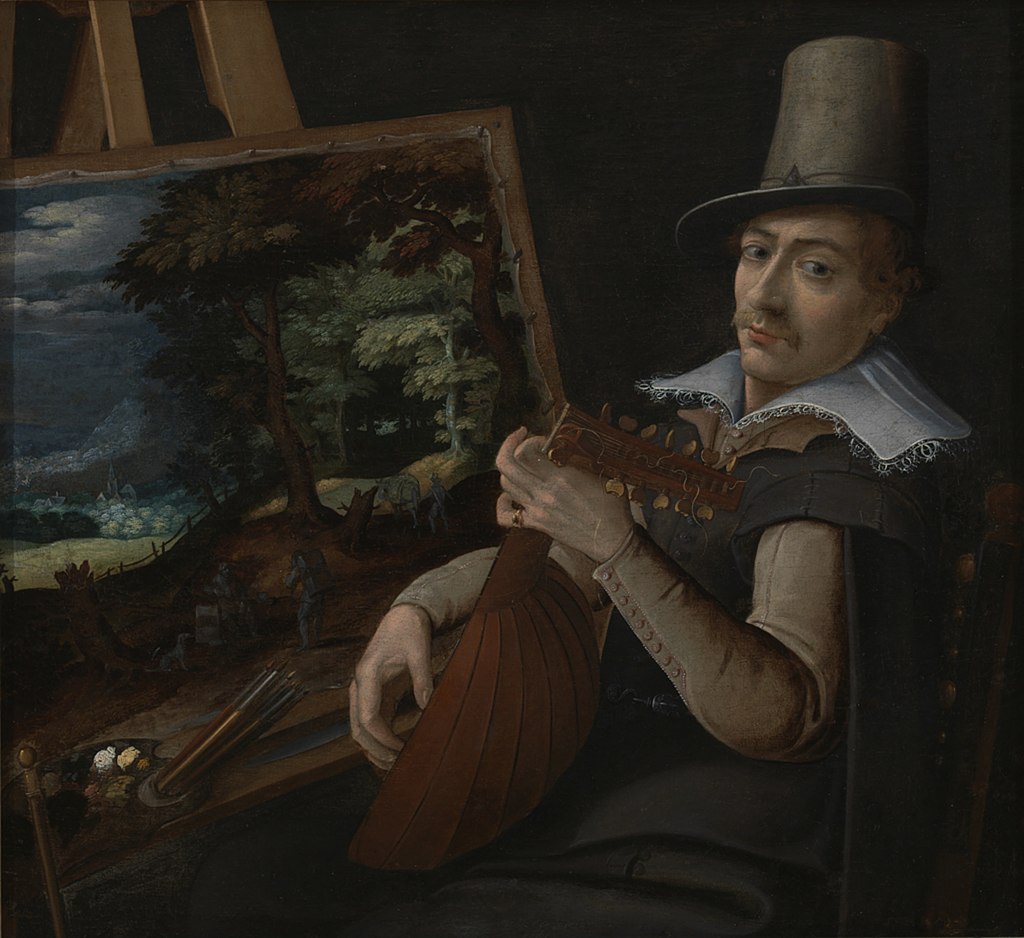
From this expert opinion of the 17th century it follows that the experts used the method of comparative stylistic (art criticism) analysis. They were familiar with Bril's works, knew his method and style well, copied them, and even owned his canvases. And Rembrandt’s opinion was considered final, so respected was the artist. Such comparative stylistic analysis is still used by art historians and painting experts.
